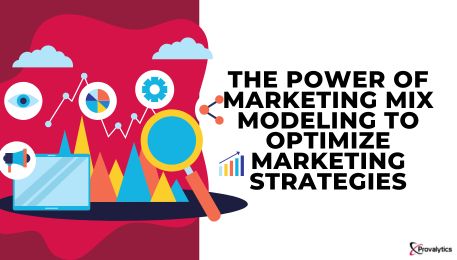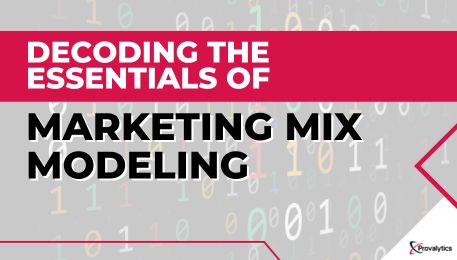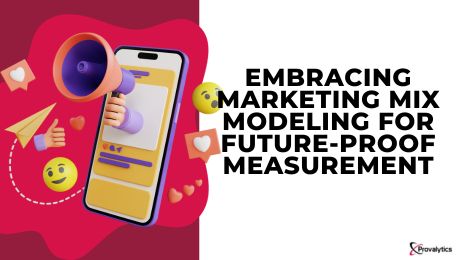Marketing Mix Modeling: From Excel Simplicity to Advanced Predictive Analytics
A mainstay of marketers’ strategic planning toolset for many years, marketing mix modeling (MMM) provides insights into the performance of previous marketing efforts and forecasts future campaign results. Fundamentally, marketing mix management (MMM) measures the correlation between marketing inputs and sales, or other KPIs. This study examines a number of marketing channels and variables, including cost, advertising spend, and seasonality, to mention a few.
One of MMM’s best qualities is that it is scalable. MMM is flexible enough to meet your needs, whether you have a $500 budget or need to scale up to meet the demands of a Fortune 500 organization and spend more than $50,000. The cost and level of sophistication required in your modeling may frequently depend on how complex your firm is and how detailed the data is that you have accessible.

Tools for MMM at Different Budget Levels
Tools like Google Sheets and Excel are easily accessible and can be very helpful for people who are on the lower end of the price range. The impact of many factors like as product pricing, advertising expenditure, and holiday periods on sales can be determined by utilizing a basic linear regression model, which can be created with the help of Excel’s LINEST function. By offering coefficients that express each variable’s unique contribution to sales, this model aims to separate out the influence of each variable on sales.
The knowledge that not all marketing initiatives increase sales in the same or comparable ways is the basis of this strategy. For example, a vacation may raise sales by a specific percentage, but a rise in the price of the product may have the opposite effect. By dissecting these factors, MMM aims to provide a more comprehensive understanding of what motivates corporate results.
The limitations of spreadsheet-based analytics become evident when models are more complex and include elements like ad stock (the cumulative effect of advertising over time) or declining returns on rising ad spending. Large datasets and complex models can be handled with the computational power and flexibility provided by programming languages like Python and R.
Statistical Techniques and Scenario Planning
More complex MMM approaches can use statistical techniques such as backward feature elimination to automatically exclude non-significant variables from the model, leaving only the most important ones taken into account. This procedure improves the forecasting accuracy of the model and provides insightful information about the effectiveness of various marketing channels and tactics.
Additionally, by using code, simulations and scenario planning may be done at a scale that is not possible with manual modifications. Marketing professionals may find the best allocation techniques to optimize return on investment by automating the investigation of various expenditure levels across channels.
To put it simply, Marketing Mix Modeling acts as a link between data and decision-making, converting intricate relationships into useful information. Using a simple Excel template or a complex coding model, MMM gives marketers the ability to predict results, make confident plans, and eventually develop more successful marketing strategies. Measuring the effect of marketing decisions becomes more and more important as companies continue to manage the complexity of a constantly changing market.
How can MMM benefit businesses of different sizes?
MMM is highly scalable, making it suitable for businesses of all sizes, from small companies with limited budgets to large corporations with extensive marketing funds. The flexibility of MMM allows for tailored analyses that can accommodate the specific complexities and data availability of each company.
How does MMM handle complex marketing models?
For complex marketing models that include factors like ad stock or diminishing returns on increased ad spending, MMM can employ advanced statistical techniques and programming capabilities. Techniques such as backward feature elimination help refine models by focusing on the most significant variables, improving the accuracy of predictions and insights into the effectiveness of different marketing strategies.
Why is MMM important for today’s marketers?
In an ever-changing market landscape, MMM serves as a crucial link between data and decision-making. It transforms complex relationships between marketing inputs and outcomes into actionable insights, enabling marketers to predict results, make informed decisions, and develop more effective marketing strategies. By measuring the impact of marketing decisions accurately, businesses can optimize their return on investment and navigate the complexities of the market more effectively.




















